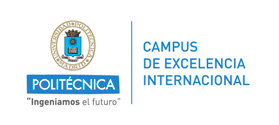Global Postdoctoral Fellowships programme fund the mobility of researchers outside Europe. The fellowship lasts between 2 to 3 years, of which the first 1 to 2 years will be spent in a non-associated Third Country, followed by a mandatory return phase of 1 year to an organisation based in an EU Member State or Horizon Europe Associated Country. Only nationals or long-term residents of the EU Member States or Horizon Europe Associated Countries can apply.
In FLOWCID, the Prof. Eusebio Valero from UNIVERSIDAD POLITECNICA DE MADRID (Spain) has spent 2 years at Purdue University (USA) working with Prof. Guillermo Paniagua in Zucrow Lab in Purdue University performing a training and research programme comprising the following activities:
I will work in improving my “in-house” solver Horses3D (https://numath.dmae.upm.es/tools/horses3d/, High Order Spectral Ele-ment solver)19,20 , by implementing robust turbulent models, h (mesh) o p (polynomial) adaptation for 3D flows with shocks, and appropriate input/output unsteady boundary conditions for turbomachinery applications.
Additionally, these complex computations produce a large amount of data with relevant information. In FLOWCID, these databases will be analysed using mode decomposition methods20 (https://numath.dmae.upm.es/tools/dinamic-mode-decomposition-dmd/). I have extended these methods to tackle with large turbulent databases, by using data compression techniques and preliminary statistical analysis, which reduce the computational cost21. Additionally, those algorithms uncover flow features strongly connected or correlated with some integral value (such as drag or lift), which could be used as a specific target for flow control22. Ac-tivities in WP1 address objectives 1, 2 and 5.
I will further develop the mathematical machinery needed for sensitivity analysis, in particular algorithms for eigenvalue solving: Shift-and-invert, Cayley transform, Chebyshev polynomial filtering, least squares or Jacobi-Davidson approach, including techniques for turbulent flows such as time receding horizon or least square shadowing23.
Progressing along this line, I will com-pute the sensitivity of the eigenmodes under any modification: base flow, physical o geometrical parameters or external forcing, by updating the previous results considering the effect of different turbulence models in 3D prob-lems. The final aim is to compute the sensitivity of unsteady or even chaotic systems. This information will be in-corporated into a gradient-based shape optimization algorithm, which will be used to optimize the target geometry of an internal flow.
The experimental verification of those ideas will be performed in Purdue in WP3. Some initial works to proof the validity of this technology is published in24, where a shear layer is controlled by air injection at some specific location of the trailing edge of a blade. Activities in WP2 address objectives 3, 4 and 5.
I will apply the developments of WP1-2 to the analysis and control two canonical configurations of RDE proposed by Prof. Paniagua. Two simplify models of what can happen inside the RDE will be experimentally tested at Purdue.
In the framework of pressure induced detachments at high Reynolds numbers, we will investigate 2D and 3D flows around hills at high Reynolds numbers O(106), mimicking the physics of aerodynamic profiles near stall incidence. By using numerical continuation methods, it is possible to establish a bifurcation diagram of the detach-ment, as a function of the input velocity, Reynolds number and geometric parameters.
It is expected the appearance of new branch solutions, whose stability will give new insight into the sudden change in topology from an attached high-lift steady flow to a detached low-lift unsteady flow. The control of stall phenomenon based on global modes stabilization will be investigated by using the information provided by the sensitivity analysis
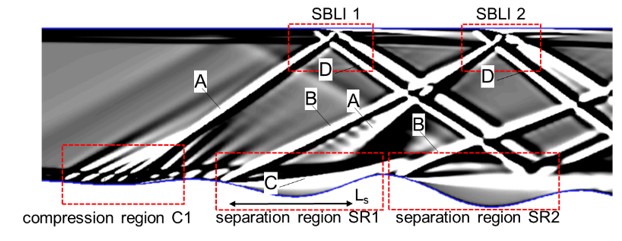

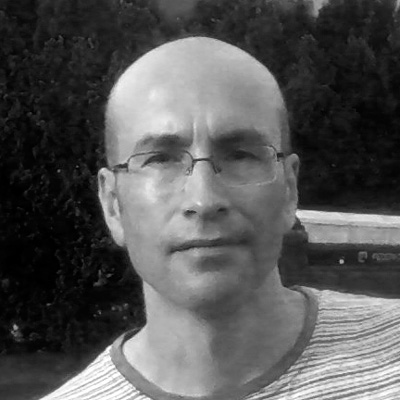
Eusebio Valero is Full-Professor of Applied Mathematics at Universidad Politécnica de Madrid, Visiting Professor at Purdue University (during 2022-2023) and leader of the Numerical Mathematics (NUMATH, https://numath.dmae.upm.es/) research group.
This group did not exist in 2012, and now, with 2 Full-Professors, 4 Professors, 1 Associate Professor, 3 Assistant Professors, 3 Post- Doctoral Researchers and 10 Ph students is one of the most dynamic and competitive team, not only in UPM but also world leader in high-order schemes, stability and sensitivity analysis. I have been able to attract more than 20M€ (6,5 M€ for UPM) research funds in competitive calls, of public funding in 44 competitive research projects during the last 10 years (14 as coordinator of which 9 European). Funding that has been spent on discovering new science and knowledge and create a young and very dynamic research group. Prof Eusebio Valero co-authors more than 200 hundred publications (100 in international JRC journals) obtained during the last 10 years.
My network of collaborations is large and extended to only to Europe but also to USA and China and includes: large industrial partners (AIRBUS, REPSOL, ALTRAN, DASAULT), SMEs (VKI, NUMECA), Universities (Imperial College, Cambridge, K.U. Leuven, KTH, Politécnica de Cataluña, Politécnica de Valencia San Diego State, Florida State, Northwestern, Zhenjiang), Research Centers (ONERA, DLR, CIMNE, Barcelona Super Computing Center) and obviously Purdue University. My research interests have two main lines: first, the application of high order methods to fluid dynamics problems: Large eddy simulation and under-resolved turbulence. My research is focused on fundamental analysis,
error estimation and adaptation, and the efficient solution of unsteady problems, tackling different fields such as (and not limited) to software and hardware acceleration, iterative solvers of large nonlinear algebraic equations, numerical stability (provable stable schemes), large (huge) eigenvalue problems, adjoint methods, and convex optimization.
Second, we have a growing interest in stability and sensitivity problems of fluid dynamics, with extensions to optimization and control. The question is: which is the flow sensitivity to a perturbation: forcing or surface deformation? What is the optimal configuration to minimize/maximize some fluid feature: detached flow, mixing, or acoustic? These are the problem I am solving.
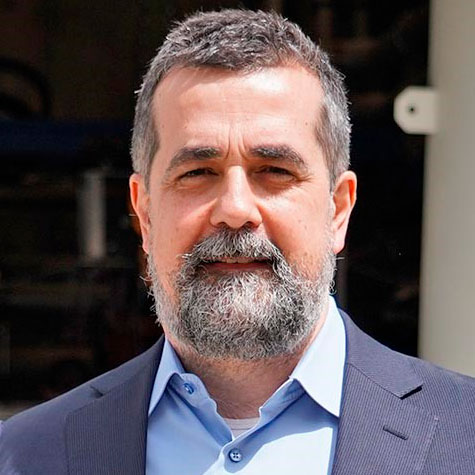
Prof Guillermo Paniagua is focused on thermal fluid machinery systems, working toward the efficient transformation of thermal energy into mechanical power, crucial for the development of current and future propulsion systems.
In particular he has a recognized expertise in high speed turbomachinery, where he has made contributions to the understanding of the complex high-speed flows using a combination of experimental breakthroughs. His research has advanced the state-of-the-art in three areas: i) Precise characterization of high-pressure turbines; ii) Instrumentation and data processing; iii) High-speed propulsion. He spent 18 years at the von Karman Institute before moving to Purdue in Fall 2014, to develop a world-unique facility to address the critical need raised by modern computational and manufacturing tools that are able to produce optimal designs at a faster pace than in the past. Hence, a modular wind tunnel easily adjustable well suited for a university environment, where students can develop ideas and test them easily within weeks, and address low and high TRL, with a Mach number range from 0.1 to 6.5. His research group is currently comprised of about 20 people, including a Senior Research Engineer, one Instrumentation specialist, one Research Faculty, and three post-doctoral researchers. Since I moved to Purdue, I have raised $17,095,870 in funding, which is a testament to our good name in the community, international recognition and ability to deliver unique results.
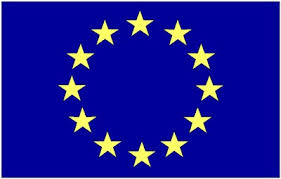

This project has received funding from the European High-Performance Computing Joint Undertaking Joint Undertaking (JU) under grant agreement No 956104. The JU receives support from the European Union’s Horizon 2020 research and innovation programme and Spain, France, Germany.
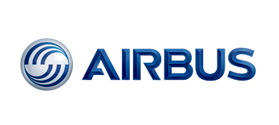
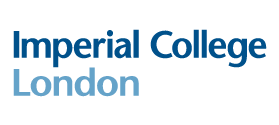
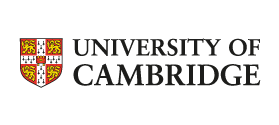
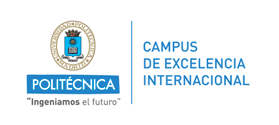
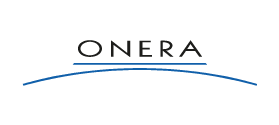
Copyright 2023 | Numath | Numerical Methods in aerospace technology | All rights reserved.
Terms and Conditions | Privacy Policy | Cookie Policy

